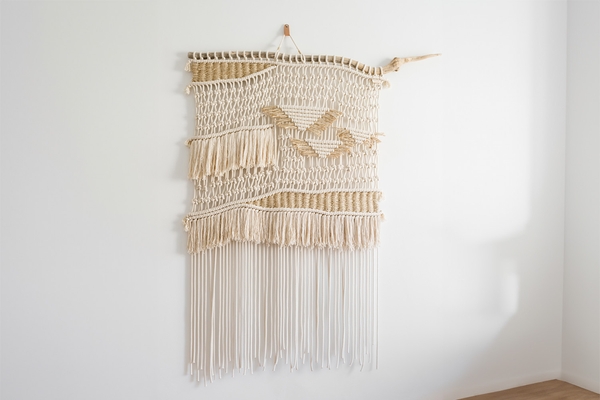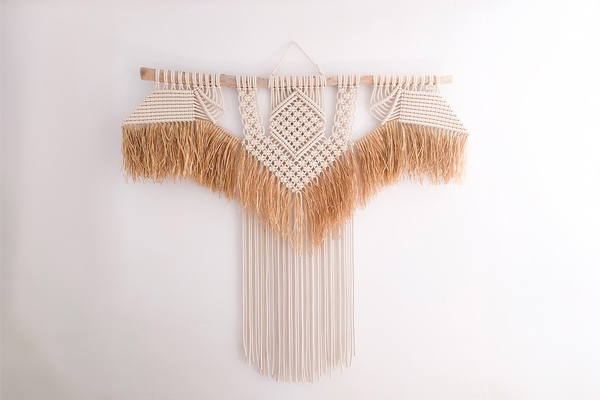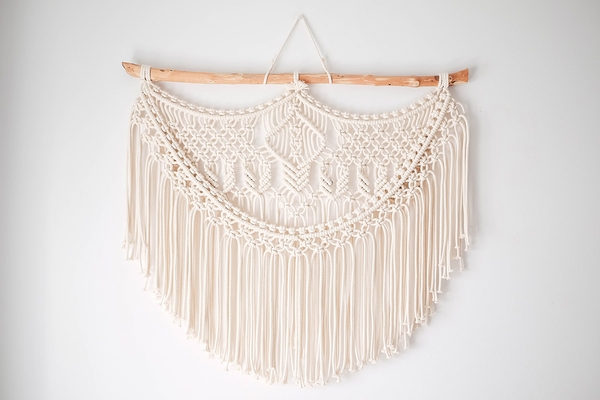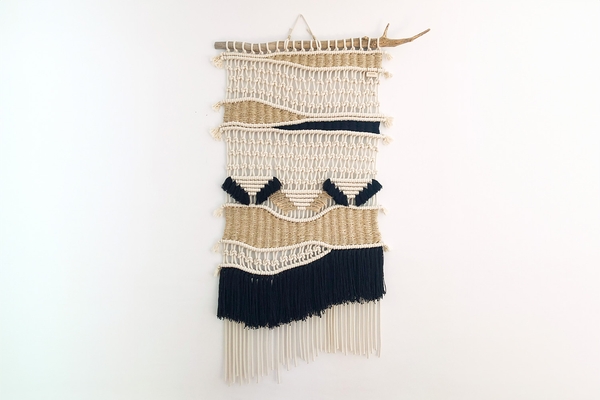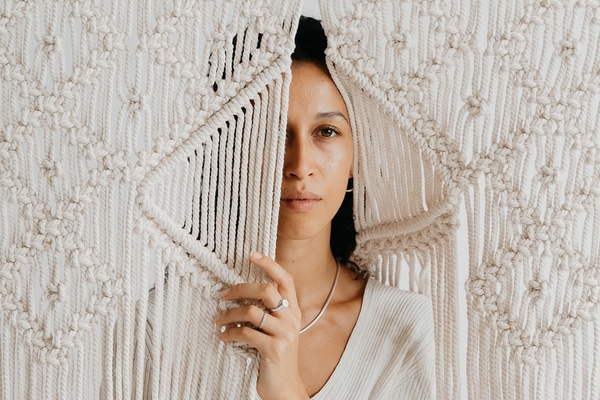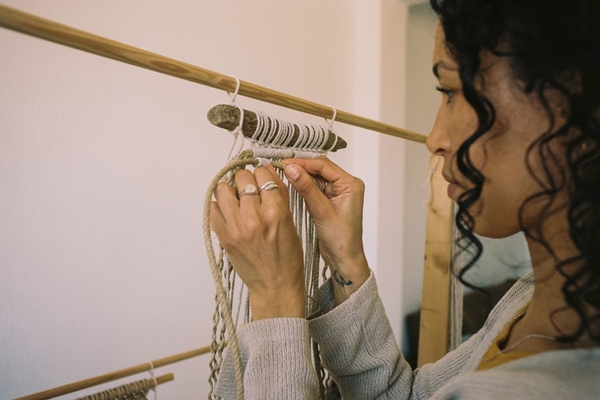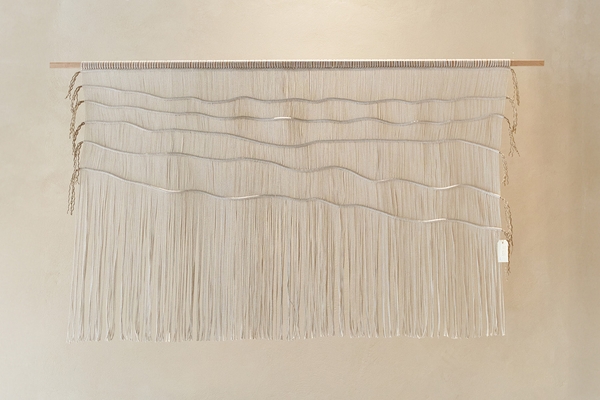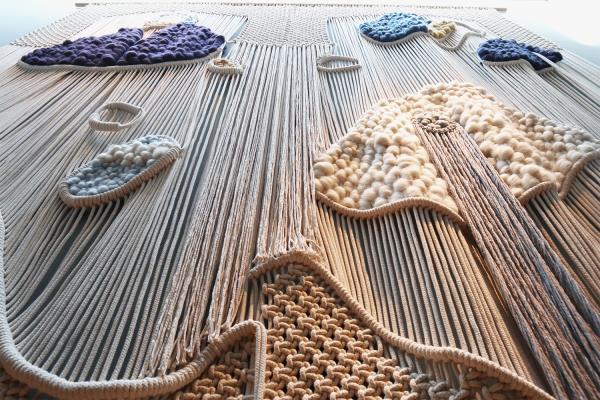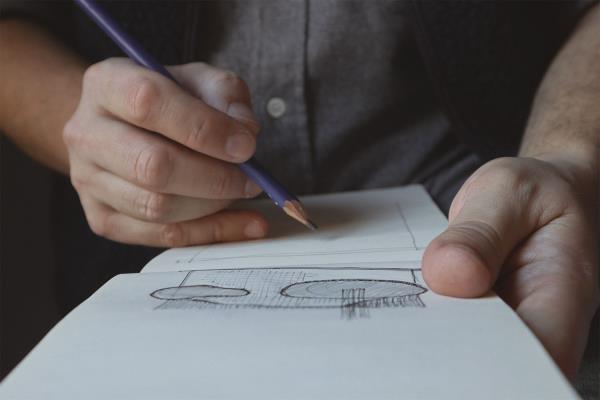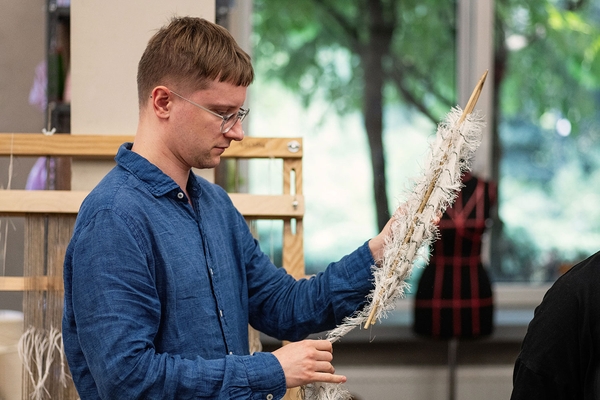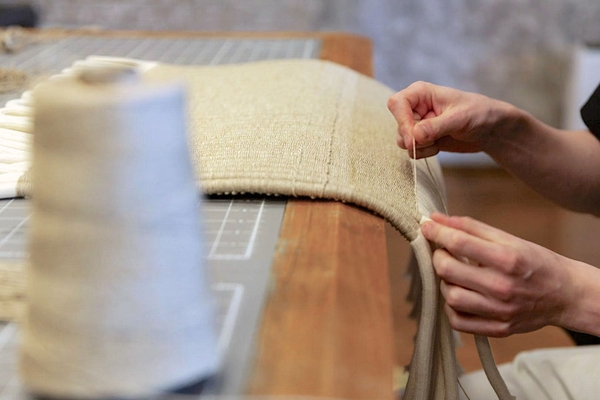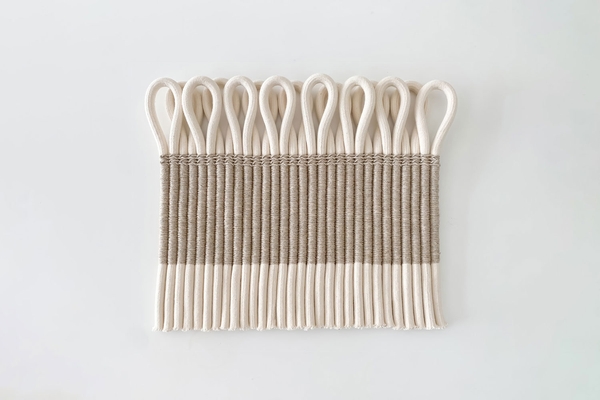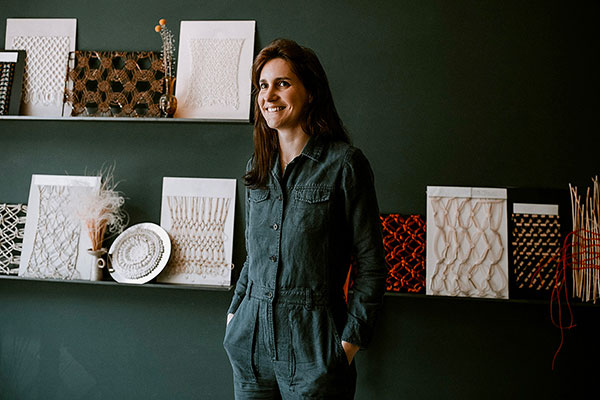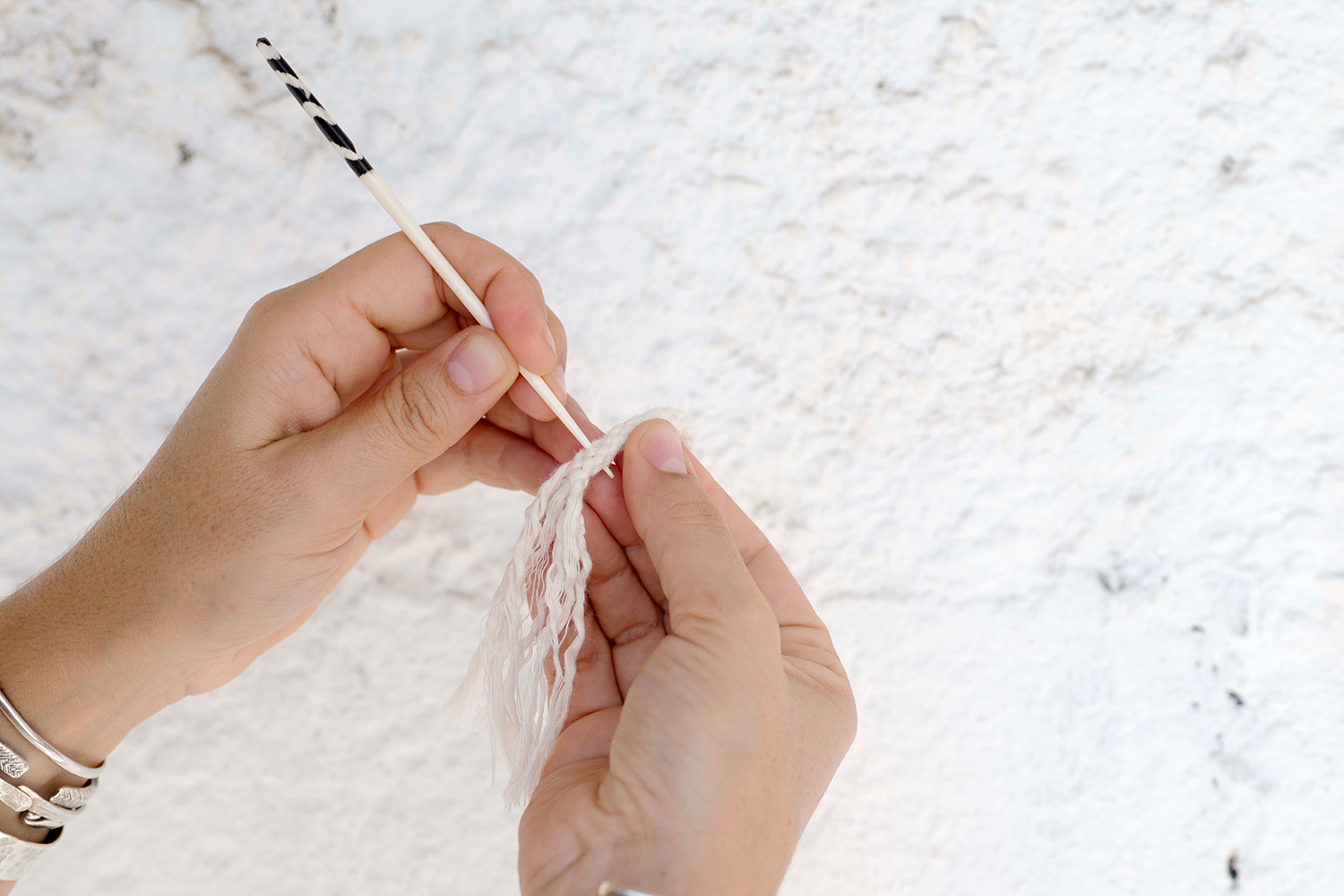
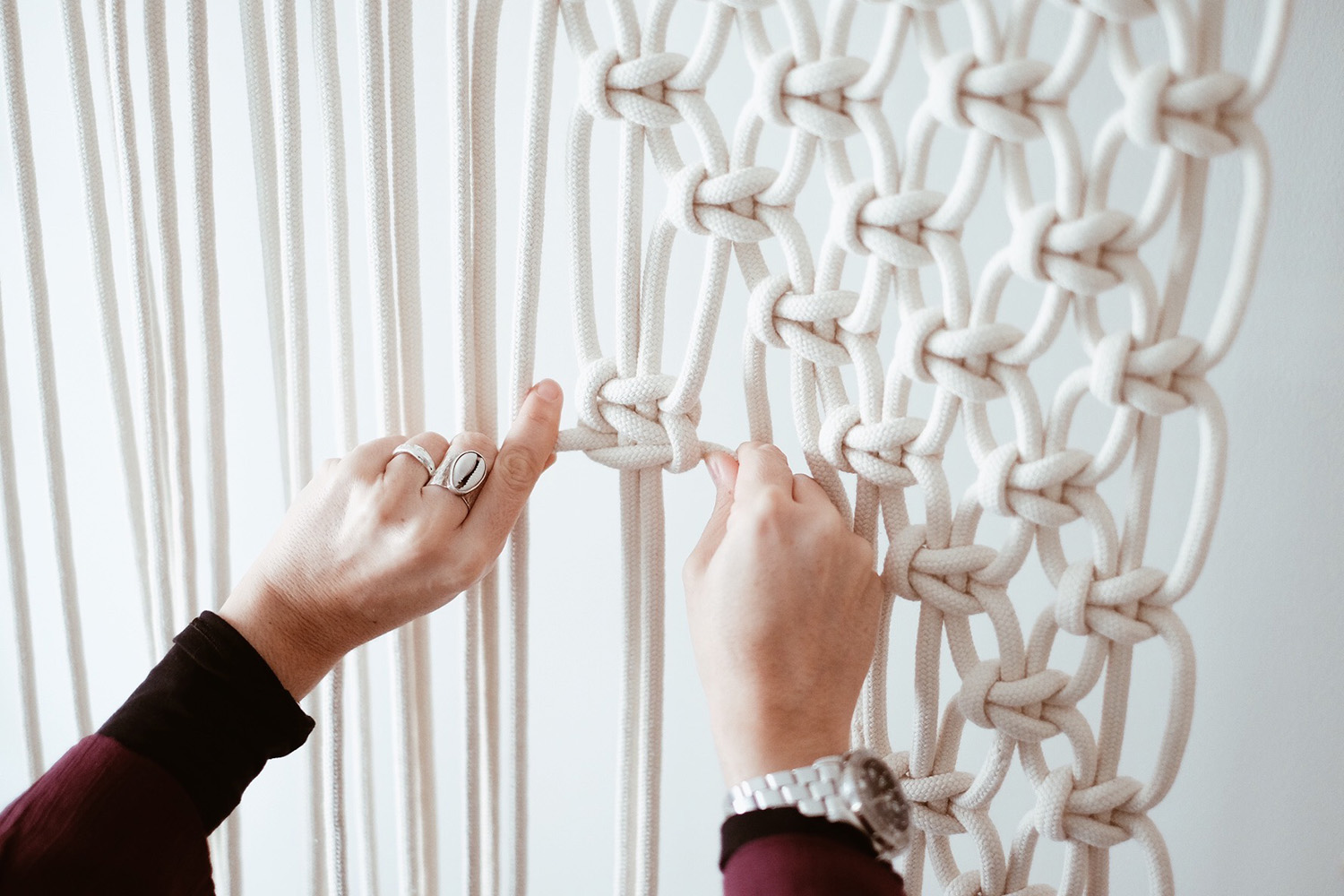
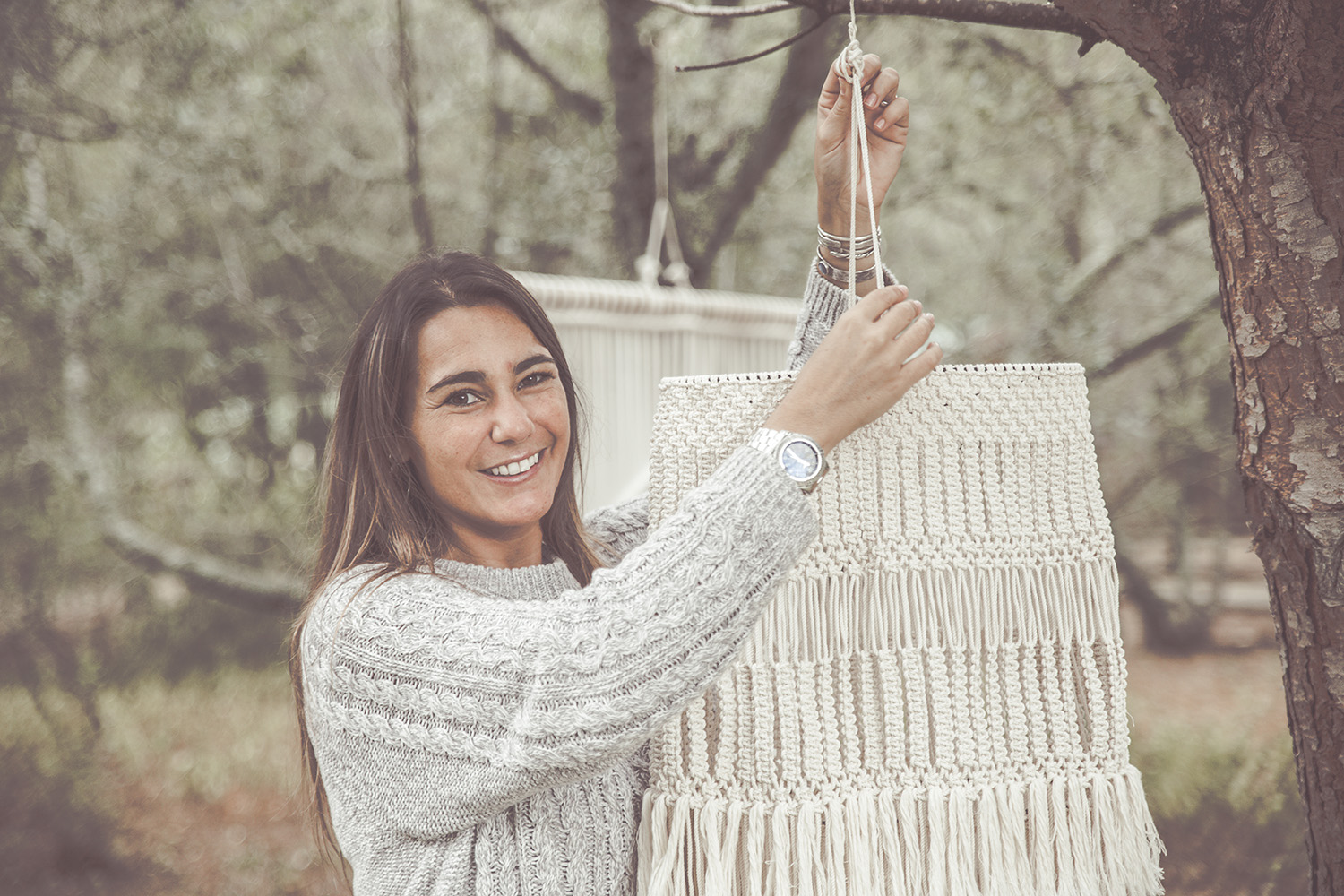
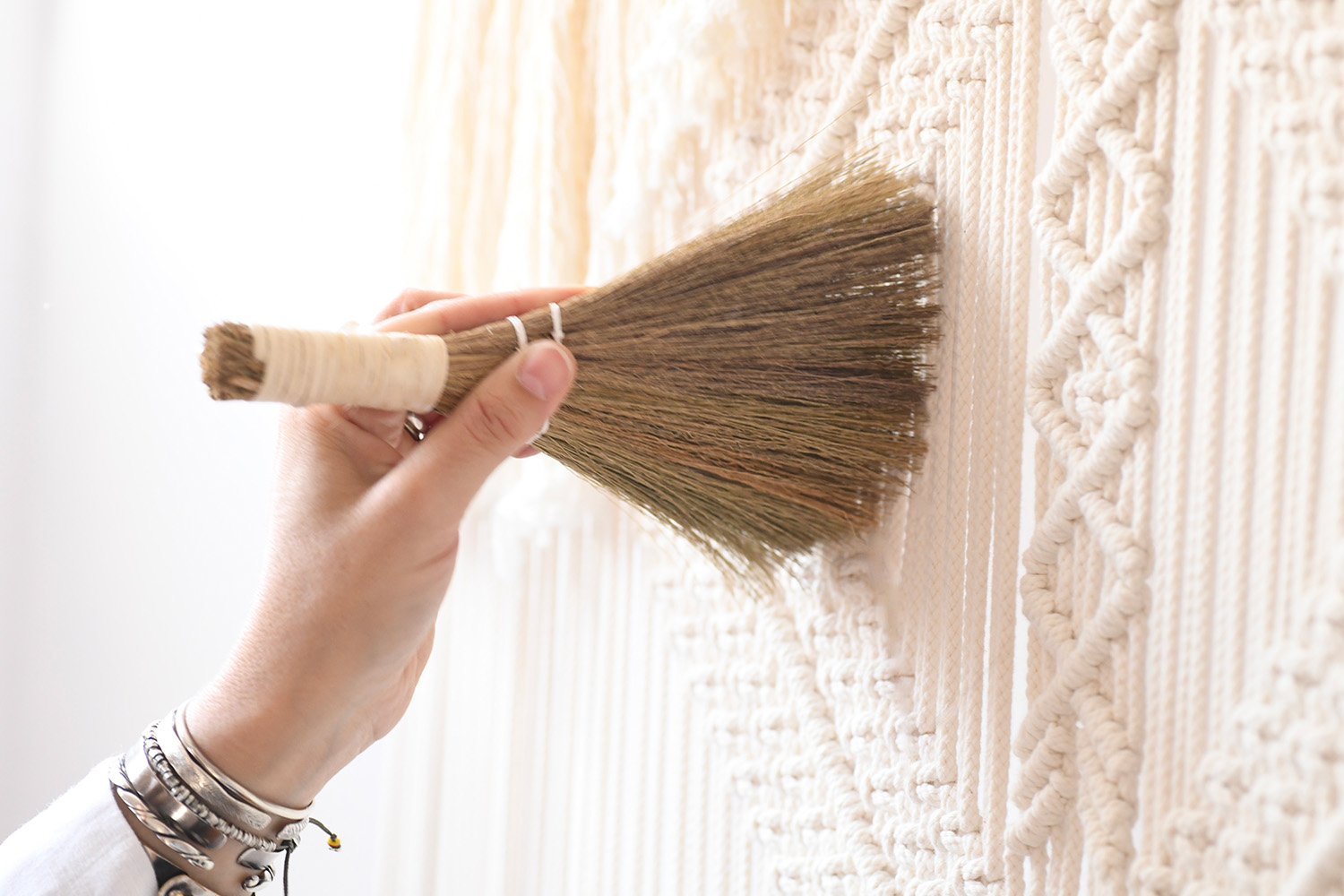
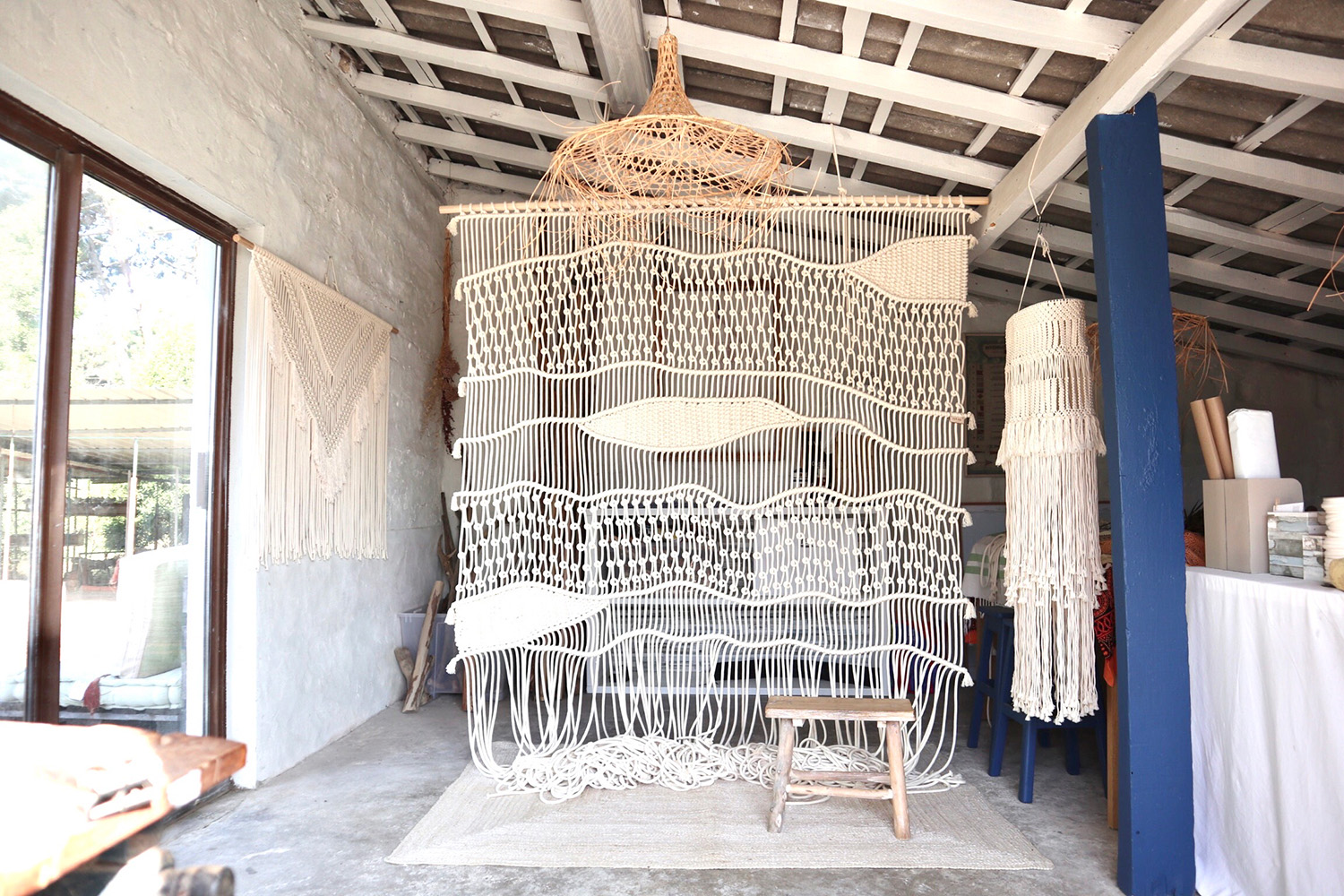





Living the macramé life
- Marta was introduced to macramé at an informal dinner with friends
- She uses the knot-weaving technique to create bespoke pieces for interior design
- Her work combines tradition with design, functionality and new materials
Macramé entered Marta Barros’ life unexpectedly when a friend showed her some pictures at a dinner. “It sparked my interest, I did a workshop and immediately felt in harmony with the ropes.” So, she moved on from her TV production life and created TEX MB. Marta uses traditional macramé knot-weaving techniques in innovative ways. “By adding design, functionality and mixing materials such as cotton and raffia, I try to give a modern edge to my work.” She also happily collaborates with designers on commissioned projects. Her talent was noticed abroad and Marta was selected to take part in the Artigianato & Pallazzo in Florence. The young artisan was also recently invited to teach macramé in a residency in Greece, showing that macramé has a place in contemporary craftsmanship.
Interview
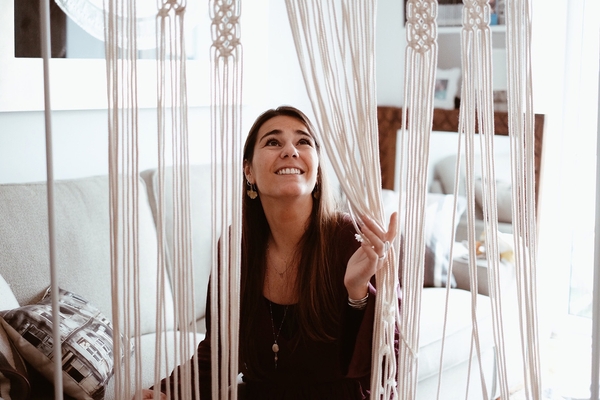
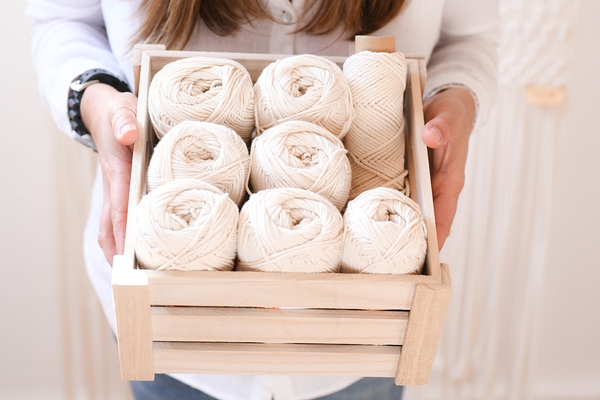
- Why did you choose macramé over being a television producer?
- After 10 years in the TV production world, I guess I was ready for a change. I felt in harmony with the ropes as soon as I started to learn the macramé techniques and I really appreciate the peace, freedom and creative space this craft offers. It is so therapeutic!
- How do you work on commissioned pieces?
- I create my own pieces but also enjoy collaborating with designers to help them materialise their ideas. It is a passionate learning process with surprising results, to introduce macramé in unexpected way. For instance, I created a handrail for a co-working space in Lisbon.
- Is your craft linked to Portugal?
- I believe there is a cultural heritage link as Portugal is a country of navigators. The story goes that macramé arrived in Portugal via sailors from the East, who used their time on the ships to practise moorings. Afterall, macramé is essentially a rope knot-weaving technique.
- How do you see macramé evolving over the years?
- There is definitely a macramé trend with the boho style but it can fade again. In the 1960s, 1970s and 1980s it was taught in Portuguese schools, then it went out of fashion. I believe I have a role in keeping it relevant through design and integrating new materials.
Marta Barros is a rising star: she began her career in 2016 and she started teaching in 2018
Where
Marta Barros
